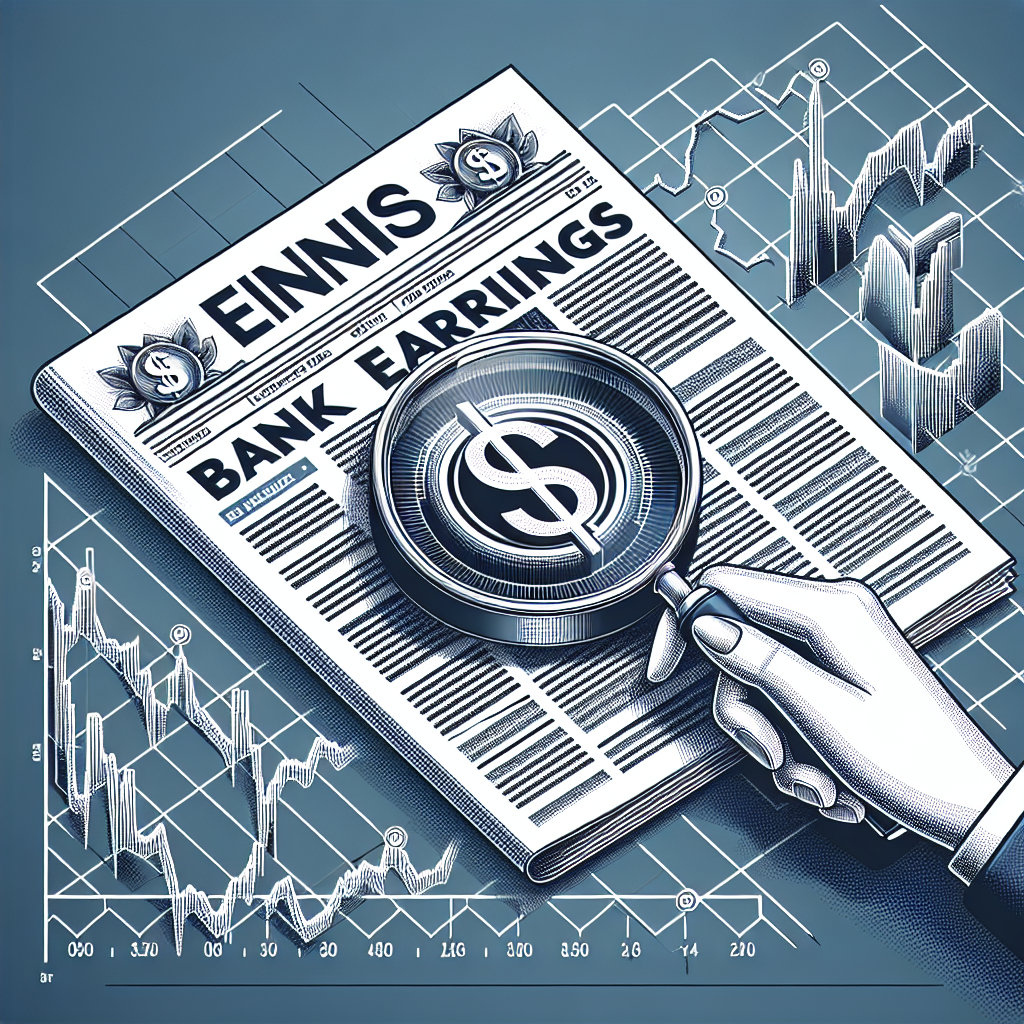Reality is beginning to settle in for three of the largest U.S. banks, according to their second-quarter results. While some elements of the earnings reports from JPMorgan Chase, Citigroup, and Wells Fargo provided reason for optimism, potential challenges remain visible on the horizon.
As anticipated, all three banks, which reported earnings before the market opened on Friday, saw growth in profits and revenues compared to both the previous quarter and the same period last year. These results met or exceeded Wall Street estimates.
Nevertheless, their stock prices fell during morning trading on Friday. Net interest income (NII), a crucial measure of income from loans, was a focal point this quarter as both Wells Fargo and JPMorgan reported disappointing results in this area.
At Citigroup, lower expenses and higher-than-expected revenues and profits indicated that CEO Jane Fraser’s corporate overhaul might already be yielding results.
Here are the key takeaways from Friday’s earnings reports:
Jane Fraser’s Citi transformation shows early promise
Citi’s second-quarter earnings offered investors an early look at the outcomes of Fraser’s simplification plans, completed in early 2024. Although the process led to significant layoffs and increased expenses, it seemed to reassure investors.
Operating expenses for Citi fell 2% year-over-year during the three months ending June 30, thanks in part to savings from the simplification process, the bank reported. Expenses totaled $13.4 billion for the quarter.
“Our results show the progress we are making in executing our strategy and the benefit of our diversified business model,” Fraser said in a statement, highlighting strategic and organizational simplification progress.
Citi reported $20.1 billion in revenue for the second quarter, a 4% increase from the previous year, and matched Wall Street estimates. The bank’s net income was $3.2 billion, or $1.52 per share, exceeding analysts’ expectations of $1.39 per share.
Although the results showed strength in Citi’s Services division, challenges in growing its market share and reducing expenses elsewhere remain, according to Warren Kornfeld, senior vice president at Moody’s Ratings Financial Institutions Group.
“The transformation and path to improved profitability still have a ways to go and will encounter both successes and setbacks,” Kornfeld told Quartz. “However, importantly for bondholders, the bank continues to maintain, if not strengthen, their capital and liquidity levels.”
Citi shares rose 2% in pre-market trading but fell more than 3% in morning trading. So far this year, Citi’s stock has increased by over 20%.
Fraser mentioned that Citi is addressing risk and compliance issues as part of its ongoing transformation. Federal regulators fined the bank $136 million on Wednesday for “insufficient progress” in solving data management problems.
“This is not the old Citi putting on band-aids; this is new Citi tackling problems head-on,” Fraser stated.
Wells Fargo’s NII concerns
Wells Fargo’s stock plunged over 7% on Friday morning after the bank reported a 9% decline in NII.
The San Francisco-based bank recorded $11.92 billion in NII for the second quarter, below the $12.12 billion expected by analysts.
However, both revenue and earnings per share beat Wall Street estimates. Revenue grew to $20.7 billion from $20.5 billion in the same quarter the previous year. Net income declined to $4.91 billion, or $1.33 per share, from $4.94 billion a year earlier.
“Wells Fargo’s second-quarter results showcase growth in fee revenue while underscoring ongoing headwinds for net interest income and operating expenses,” Megan Fox, vice president and senior analyst at Moody’s Ratings Financial Institutions Group, said in a statement.
The bank expects NII to bottom out in the second half of 2024, pending expected interest rate cuts by the Federal Reserve.
JPMorgan reports record profits but faces mixed reactions
JPMorgan’s second-quarter results received a mixed response from the market.
Its stock fell 2% after the earnings report, which noted $22.9 billion in NII—a 4% year-over-year increase but below Wall Street’s estimates. The bank maintained its earlier projections for NII at around $91 billion, disappointing investors who had hoped for a higher forecast this quarter.
Despite high NII contributing to a record 2023, the metric is expected to decline this year due to anticipated rate cuts by the central bank.
“I think it’s definitely too early to call the end of the over-earning or normalization narrative,” CFO Jeremy Barnum said during a call with analysts on Friday.
Provisions for loan losses and expenses rose more than expected.
Nonetheless, JPMorgan reported strong inflows, beating analyst estimates. It posted a record quarterly profit of $18.1 billion, or $6.12 per share, a 25% increase from $14.5 billion last year. Analysts had projected $17.3 billion in profit, or $5.88 per share.
Revenue for the three months ending June 30 was $50.2 billion, up 22% year-over-year, surpassing analysts’ expectations of $42.23 billion. This growth was driven by a rise in investment banking fees and gains from new Visa shares.
